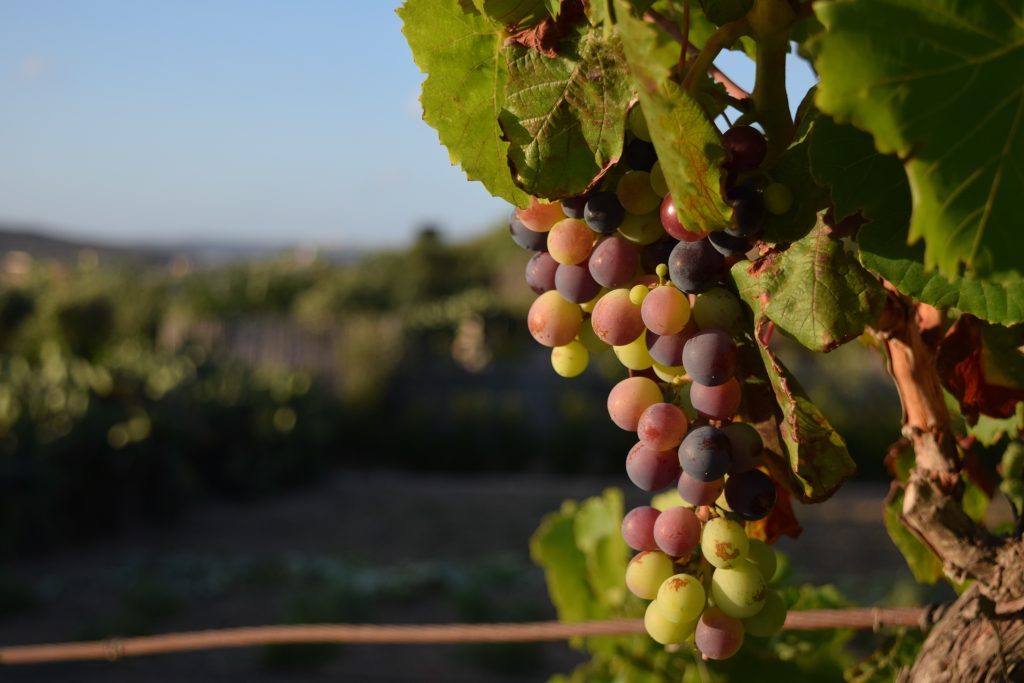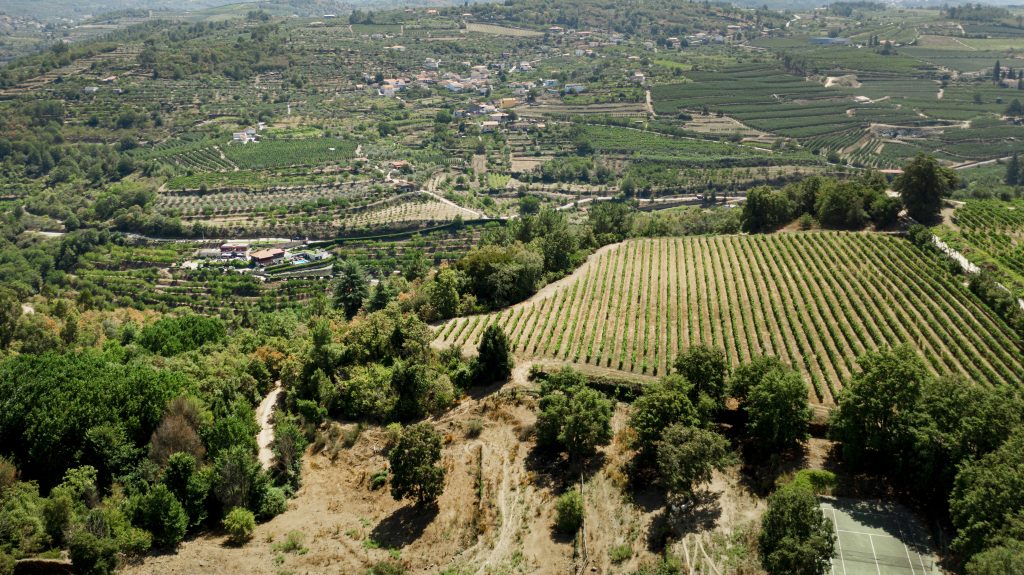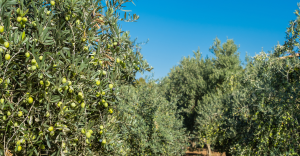When thinking of Greece, what often comes to mind are ancient temples, stunning coastal landscapes, and a history that shaped the Western world. However, there is another aspect of the country worth exploring: its agriculture. With roots dating back to antiquity, Greek agriculture combines the Mediterranean’s millennia-old legacy with modern challenges and technological solutions that have transformed the sector in recent years.
In this content, you will learn about the main characteristics of agriculture in Greece: its most iconic products, production regions, the technologies used in the field, and how the country is preparing for a more sustainable and competitive future.
Greek Agriculture in the European Context
Although agriculture represents a modest fraction of Greece’s Gross Domestic Product—around 4%—it still plays a strategic role in the local economy. More than 11% of Greece’s workforce is involved in agricultural activities, which is double the European average.
Agriculture also plays an important social role: it helps sustain communities in mountainous regions, preserve traditions, and ensure the production of typical foods with high cultural and commercial value.
Climate and Geography: The Essence of Mediterranean Agriculture
Greece has a mountainous terrain, surrounded by seas, and a typically Mediterranean climate: hot, dry summers, mild winters, and rainfall concentrated in autumn and winter. This combination favors crops that adapt well to seasonality and water scarcity.
The mountainous terrain limits the size of farms and mechanization in many areas but contributes to the diversity of microclimates, allowing for the cultivation of a significant variety of products. Regions such as Thessaly, Macedonia, the Peloponnese, Crete, and Epirus have their own agricultural characteristics—ranging from large irrigated plains to mountainous terraces with centuries-old olive trees.
Main Crops of Greek Agriculture
Greece is globally recognized for high-quality agro-food products with a distinctive identity. Among the highlights of Greek agriculture are:
- Olives and olive oil: Greece is the third-largest producer of olive oil in the world, with a focus on extra virgin olive oil produced in the Kalamata region and the island of Crete.
- Grapes and wine: Both table grapes and wine grapes play a prominent role. Greek wines have gained international recognition for their unique indigenous grape varieties, such as Assyrtiko and Agiorgitiko.
- Citrus fruits: Oranges, lemons, and tangerines are mainly cultivated in the Peloponnese and Crete.
- Honey, aromatic herbs, and traditional yogurts: Products with strong appeal in gourmet and export markets.
- Legumes and cereals: Lentils, beans, and wheat form the basis of the traditional Greek diet.
Additionally, there is significant production of tobacco, cotton, potatoes, tomatoes, figs, almonds, and pistachios.

Farming Methods and Land Structure
The land structure in Greece is characterized by the predominance of small and medium-sized farms. These are generally family-run operations, focusing on high-value-added products and local or cooperative-based commercialization.
Farming methods vary widely across regions, but there is a growing trend toward adopting more sustainable practices, such as organic farming and crop rotation. Drip irrigation, which is well-suited to the dry climate, is widely used, especially for permanent crops like olive trees and vineyards.
Innovation and Technology in Greek Agriculture
Despite its strong ties to tradition, Greek agriculture has made significant strides in innovation. One example is the increasing digitalization of the field, with the adoption of precision agriculture technologies, moisture sensors, local weather stations, and satellite data analysis.
On the island of Crete, for instance, entire olive groves have started using remote monitoring systems to adjust irrigation in real time, reducing water consumption and increasing productivity.
Additionally, agricultural cooperatives are investing in farm management software and traceability platforms, adding value to final products and meeting the demands of international markets.
Agricultural Policies and Subsidies in Greece
As a member of the European Union, Greece benefits from the Common Agricultural Policy (CAP), which provides direct subsidies to farmers, incentives for sustainable practices, and support for modernizing the sector.
Some of the most relevant programs include:
- Payments based on cultivated area, especially in less-favored regions;
- Financing for young farmers and family farm succession;
- Support for low-impact environmental practices;
- Investments in digitalization and energy efficiency.
Sustainability and Organic Agriculture
In recent years, organic farming has been steadily growing in Greece. Farmers are investing in certifying their farms, with a focus on products such as olive oil, wine, herbs, and vegetables.
Additionally, there is a strong culture of efficient resource use, including the use of small reservoirs, cisterns, composting, and soil conservation practices.
Sustainable initiatives are further supported by rural tourism, which connects urban consumers with organic farms, promoting gastronomic and educational experiences.
Challenges and Prospects for Greek Agriculture
Despite its progress, the sector faces significant challenges:
- Land fragmentation and family farm succession;
- Low mechanization in mountainous areas;
- Aging rural population;
- Impacts of climate change, such as prolonged droughts and wildfires.
However, Greece is betting on policies that encourage innovation, value traditional products, and connect with demanding markets to build a more resilient and competitive future for its agriculture.

Greek Agriculture: A Link Between the Past and the Future
Greek agriculture reveals a country that honors its Mediterranean heritage while reinventing itself. Whether through traditional practices like hand-harvesting olives or using drones in mountainous vineyards, Greek agriculture is a synthesis of the past, present, and future.





